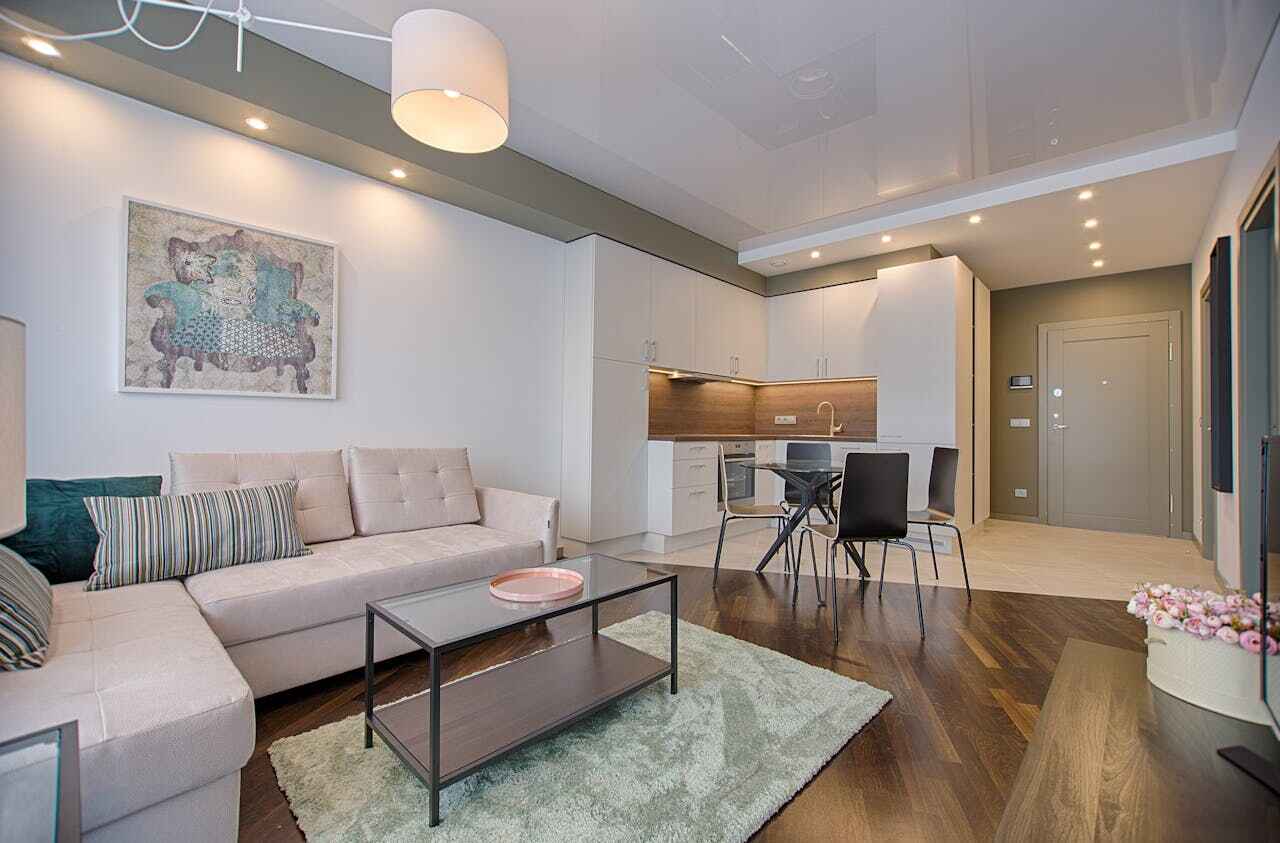There are several fundamental elements of interior design, including space, form, light, and color. But one other vital component is often left out of the conversation: communication. Communication is key. We know you’ve heard it before in all industries, but that’s because it’s true – and warrants being repeated. Like other fields, transparent and collaborative client and interior designer communication ensures that the project runs smoothly from start to finish and that clients end up with their dream homes. In this guide, we will look at how and why communication is so vital to the remodeling process.
Understanding Your Needs and Vision
The importance of client communication in interior design project management begins at the initial consultation. This sets the stage for the entire project. Though interior designers have the experience and expertise to create a beautifully functional space, they use the client’s vision. They listen to clients, taking the time to understand their vision for the space, needs, and preferences. This helps them create a space that meets clients’ expectations and exceeds them.
The initial consultation is more than a discussion about aesthetics. Designers also foster an environment where clients feel comfortable enough to express their desires for their home and any concerns about the process. This communication is helpful to both the client and the interior designer – the client’s apprehension is put to rest. In contrast, interior designers avoid potential problems or last-minute changes that could delay the project.
Setting and Clarifying Expectations
The importance of client communication in project management also helps to clarify expectations. While it’s a gratifying process, full home renovations take time and can be costly. Interior designers and managers communicate openly with clients about their budget, vision, timeline, and project scope from the very beginning of the planning stage. The team’s responsibility is to help realistically align the client’s vision with their budget and timelines, including presenting options within their purview. Being transparent from start to finish helps manage expectations, build trust, and avoid misunderstandings, disappointments, or delays during the remodel.
Internal communication between interior designers, interior design contractors, and other management is also vital to the success of a project. Everyone needs to be on the same page and aware of any updates. They coordinate with others on the team to keep the project on schedule and prevent delays and unexpected costs. Additionally, interior designer and manager communication ensures that the former can keep clients in the loop each step of the way.
Addressing Feedback
Interior design is a collaborative experience, meaning the importance of client communication in project management doesn’t cease after the initial consultation. Clients have envisioned every single aspect, large or small, of their dream home makeover. It’s the job of interior designers to bring that vision to life. Changes often end up being made to interior design plans, whether that’s due to budget constraints or shifting client needs. That’s what makes regular communication between the client and interior designer so vital.
Consistent communication allows for clients to offer their feedback, so designers can make any adjustments to professional home remodeling projects, if necessary. Interior designers don’t just want to create a beautiful home – they want to create your beautiful home. One that aligns with your vision. Feedback is invaluable to achieving that ultimate goal.
Managing Issues or Concerns
The importance of client communication is inextricably tied to successful project management, creating a smoother and more streamlined workflow. Unforeseen challenges can happen at any point, whether it’s due to materials, local building regulations/codes or another issue. But an environment of open communication helps to navigate those issues without causing problems to worsen or adversely impact the timeliness of project completion. From interior designer and manager communication to communication with the client, it’s always better to address issues and concerns as soon as they arise.
Improving the Client Experience
The relationship between clients and interior designers is not unlike your other relationships – there needs to be a foundation of trust and communication for it to work. The importance of communication in project management is especially significant to the client experience. Clients should always feel heard and understood by interior designers; it’s intrinsic to their satisfaction with the entire experience.
Step-by-step interior designer and client communication helps ease the stress and frustration of taking on a remodel. It also fosters a sense of ownership, ensuring the space created feels genuinely aligned with a client’s vision. It even helps clients build trust, which is substantial considering that the interior designer is the professional entrusted with their home.
Maintaining a Collaborative Experience
Client communication is essential in project management. That much is clear. But what does that communication entail?
Active Listening
begins with establishing clear lines of communication and listening to clients from the start of the project. That requires active listening, indicating their wants and needs have been heard. Understanding enables interior designers to tailor spaces to clients’ unique visions, preferences, and lifestyles.
Transparency
Openness, and honesty apply to costs, timelines, and challenges. Clear communication between interior designers and managers – and between interior designers and clients – helps avoid misunderstandings, keep projects on track, and build trust.
Regular Updates
Interior design projects are a collaborative journey. This means involving clients throughout the entire process, not just the initial consultation. With the high level of importance of client communication in project management, there’s an environment created in which they feel like they can openly and freely express their vision, concerns, and feedback. Clients should feel heard, and interior designers should be able to express their expert opinions to give clients the best space possible.
Eliminate Jargon
Client and interior designer communication should be free from excessive industry jargon. Clients must understand every part of their project, which interior designers can do by painting a picture using plain, easy-to-understand language. Visual aids like 3D renderings are powerful tools supporting more profound clarity and understanding.
Importance of Client Communication in Project Management
Creating a client’s dream home makeover requires more than a breadth of interior design knowledge; it also requires engaging in effective communication and creating a collaborative experience with the client. With open communication, we can make any client’s vision a reality.





